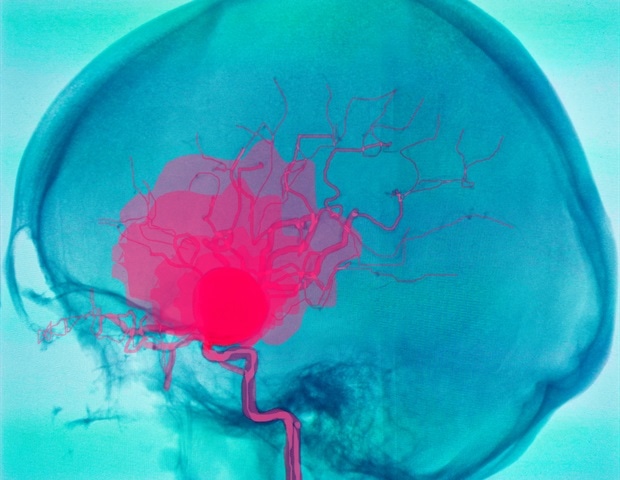Health
Study Links Genetic Factors of COPD to Abdominal Aortic Aneurysm

A recent study published in the journal Cardiovascular Innovations and Applications has uncovered a significant genetic link between Chronic Obstructive Pulmonary Disease (COPD) and Abdominal Aortic Aneurysm (AAA). Researchers employed bidirectional two-sample Mendelian randomization to investigate the causal relationship between these two serious health conditions. The study highlights the need for further understanding of their underlying genetic and molecular mechanisms.
The research team, led by Wang J. and colleagues from Compuscript Ltd, aimed to clarify the complex interactions between COPD and AAA, both of which have substantial comorbidities. Previous research suggested a relationship; however, details regarding the genetic factors involved remained unclear. By utilizing advanced analysis techniques, the team endeavored to fill this knowledge gap.
Methodology and Findings
The study utilized expression quantitative trait loci (eQTL) analysis with GTEx V8 summary statistics, focusing on aortic and lung tissues. Additionally, single-cell sequencing data from various Gene Expression Omnibus (GEO) datasets were scrutinized to identify differentially expressed genes associated with both conditions. A phenome-wide association study (PheWAS) complemented these analyses, exploring broader implications of the identified pathogenic genes.
The results revealed a genetic correlation between COPD and AAA. The Mendelian randomization analysis indicated that COPD significantly contributes to the development of AAA, with a statistical significance of P < 0.05. Furthermore, the study identified 48 common genes linked to both conditions, suggesting potential pathways for further research.
Single-cell sequencing provided insight into key genes that may act as pathogenic factors in the development of these diseases. The PheWAS results supported the notion of pleiotropy, indicating that the identified genes may have wider implications across various phenotypes, thereby enhancing our understanding of their roles in disease progression.
Implications for Future Research
The findings from this integrative multi-omics approach not only demonstrate a significant causal relationship between COPD and AAA but also underscore the complexity of their shared genetic architecture. This research opens avenues for targeted therapeutic strategies and highlights the potential for genetic screening in patients with COPD to assess their risk for developing AAA.
As the study progresses towards broader applications, healthcare professionals may benefit from integrating these genetic insights into clinical practice, potentially improving patient outcomes. The comprehensive understanding of the molecular mechanisms involved could pave the way for innovative treatments that address both conditions simultaneously.
This pivotal research underscores the importance of collaborative efforts in the field of cardiovascular and pulmonary health. For further details, the full study can be accessed at doi.org/10.15212/cvia.2025.0003.
-

 Entertainment3 months ago
Entertainment3 months agoAnn Ming Reflects on ITV’s ‘I Fought the Law’ Drama
-

 Entertainment4 months ago
Entertainment4 months agoKate Garraway Sells £2 Million Home Amid Financial Struggles
-

 Health3 months ago
Health3 months agoKatie Price Faces New Health Concerns After Cancer Symptoms Resurface
-

 Entertainment3 months ago
Entertainment3 months agoCoronation Street’s Carl Webster Faces Trouble with New Affairs
-

 Entertainment3 months ago
Entertainment3 months agoWhere is Tinder Swindler Simon Leviev? Latest Updates Revealed
-

 Entertainment4 months ago
Entertainment4 months agoMarkiplier Addresses AI Controversy During Livestream Response
-

 Science1 month ago
Science1 month agoBrian Cox Addresses Claims of Alien Probe in 3I/ATLAS Discovery
-

 Entertainment4 months ago
Entertainment4 months agoKim Cattrall Posts Cryptic Message After HBO’s Sequel Cancellation
-

 Entertainment2 months ago
Entertainment2 months agoOlivia Attwood Opens Up About Fallout with Former Best Friend
-

 Entertainment3 months ago
Entertainment3 months agoMasterChef Faces Turmoil as Tom Kerridge Withdraws from Hosting Role
-

 Entertainment4 months ago
Entertainment4 months agoSpeculation Surrounds Home and Away as Cast Departures Mount
-

 World3 months ago
World3 months agoCole Palmer’s Mysterious Message to Kobbie Mainoo Sparks Speculation











